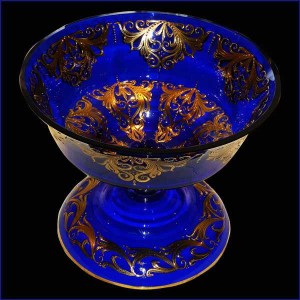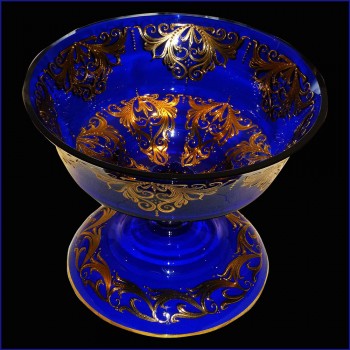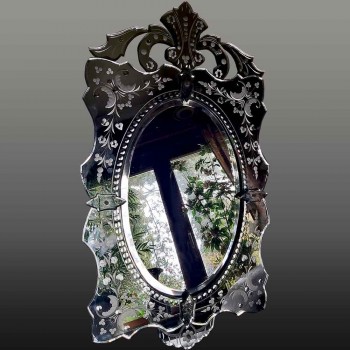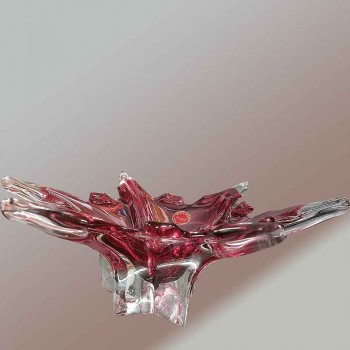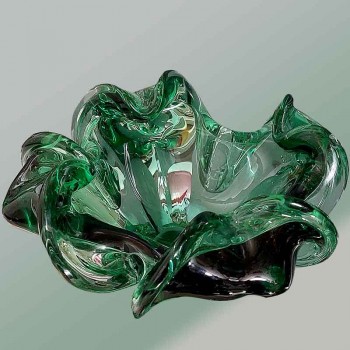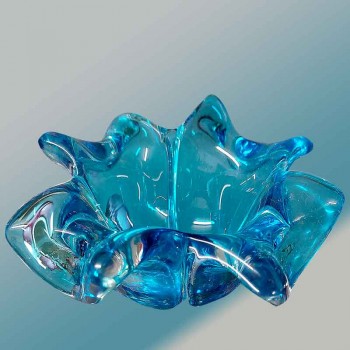Venice Crystal
The reputation of Murano as the center of the glassware was born in the Republic of Venice. Fearing the fire and destruction of the city, of which most of the buildings were wooden, the republic ordered the destruction of all foundries in the city in 12913. This order is accompanied by encouragement to build the foundries out of the city, and, at the end of the 13th century, the glass industry grew on the island of Murano.
Quickly the glass-artists were the most influential characters on the island. Around the 14th century, the glass-makers were allowed to carry the sword, enjoyed immunity from prosecution by the state of Venice and took wives in the richest families of Venice. The consideration is important: they are not allowed to leave the Republic. However, many artisans take this risk and build glass furnaces in the surrounding cities, then throughout Europe, to England and the Netherlands.
Murano Glass manufacturers maintain their monopoly on the manufacture of quality glass for centuries, develop and refine many techniques, such as crystals, enamel, gold-threaded ornaments, multicolor glasses, glass milk ( (Lattimo), and imitation of precious glass stones. Today, the artisans of Murano always use these age-old techniques.
Today, Murano has its Glass museum which is located in Palazzo Giustiniani. It offers exhibitions on the history of glassware and samples from the Egyptian era to the present day.
Many craftsmen practice the techniques of Murano in their workshops installed in the alleys of Venice.
